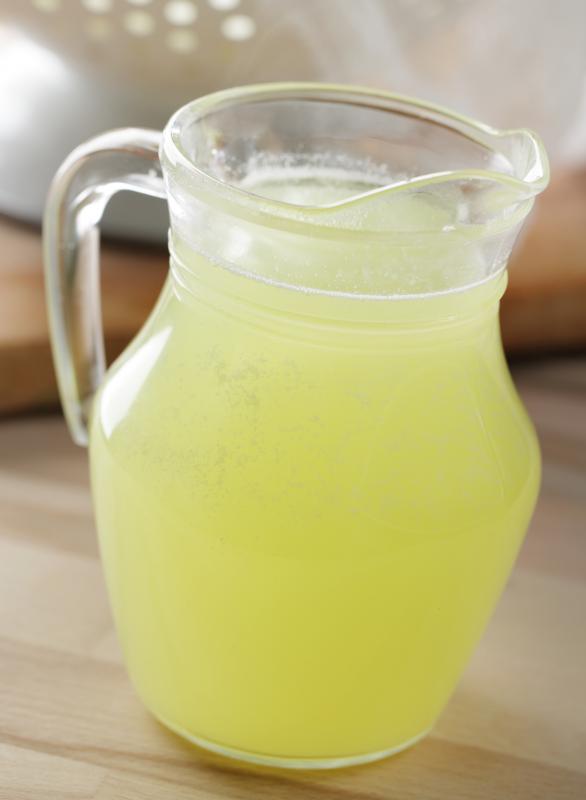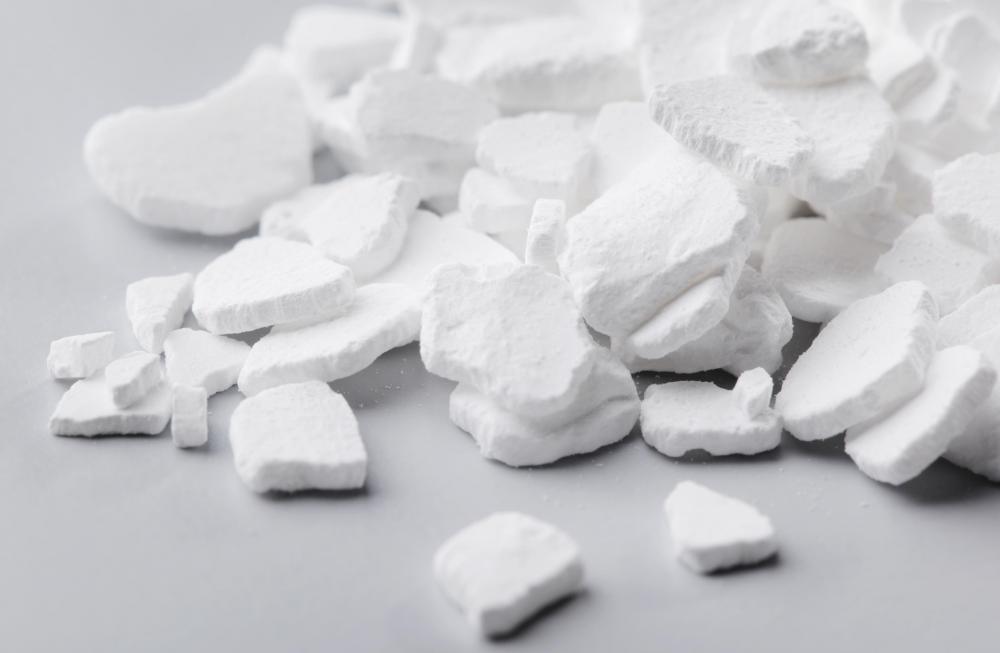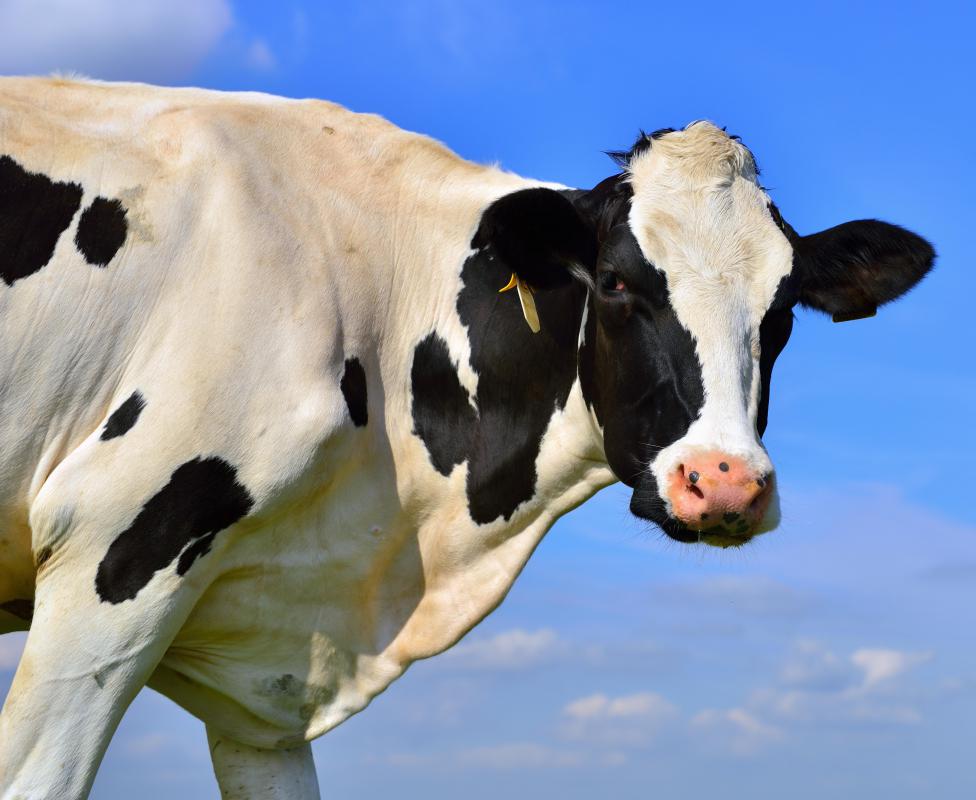At DelightedCooking, we're committed to delivering accurate, trustworthy information. Our expert-authored content is rigorously fact-checked and sourced from credible authorities. Discover how we uphold the highest standards in providing you with reliable knowledge.
What Is Akkawi?
A creamy style of cow's milk cheese from Palestine, akkawi has spread in popularity throughout the eastern edge of the Mediterranean Sea. Easily spread, with a smooth constitution and salty flavor, this cheese is one of a few types of brined cheese made with a special process of pressing, salting and dipping. This cheese is named after the city of Acre in North Israel, which in Arabic translates to Akka.
According to the 2006 book Brined Cheeses by A.Y. Tamime, these types of cheeses are made using raw or pastuerized milk, from either a cow, goat or sheep as in akkawi, but usually a cow. Rennet and calcium chloride are added to the milk, along with sprinklings of salt, and then the cheese is drained after being placed in molds.

For akkawi, which also can be spelled akawieh or ackawi, curd is pressed several times to expel the whey. This is then stored in brine, a water solution highly concentrated with salt. The curds are wrapped in cheesecloth before being dunked in brine. Sporadically over the next eight or more weeks, the cheesecloth is squeezed to further tighten the curds and then dunked back in brine, which is stored in a cool, dark place.

Akkawi cheese is often confused with another popular style of brined cheese called nabulsi, also a twist on its city of origin, the West Bank city of Nablus. This cheese, however, is typically made with sheep or goat's milk and actually endures a short period of boiling in brine solution, for as long as 10 minutes. This gives it a flavor slightly distinct from akkawi. Another popular brined cheese from the region, halloumi, endures a boiling in protein-stripped whey for as long as 50 minutes before it starts its storage in the brine.

The chief centers for production of akkawi cheese in 2011 are Cyprus, Lebanon and Syria, though some is still made in its native Palestine. A popular table cheese in Middle Eastern eateries, akkawi is regularly spread on pita, naan or even the Jewish challah. It is also a popular pairing with fruit, in salads or fried in oil and served with ajvar — a Serbian-born relish of peppers, garlic and eggplant. Even some desserts like al-kunafa feature this cheese; however, it is typically soaked beforehand in water to lessen the salt content. After that, it is mixed with a sugary syrup and stuffed into a pastry.
AS FEATURED ON:
AS FEATURED ON:














Discuss this Article
Post your comments